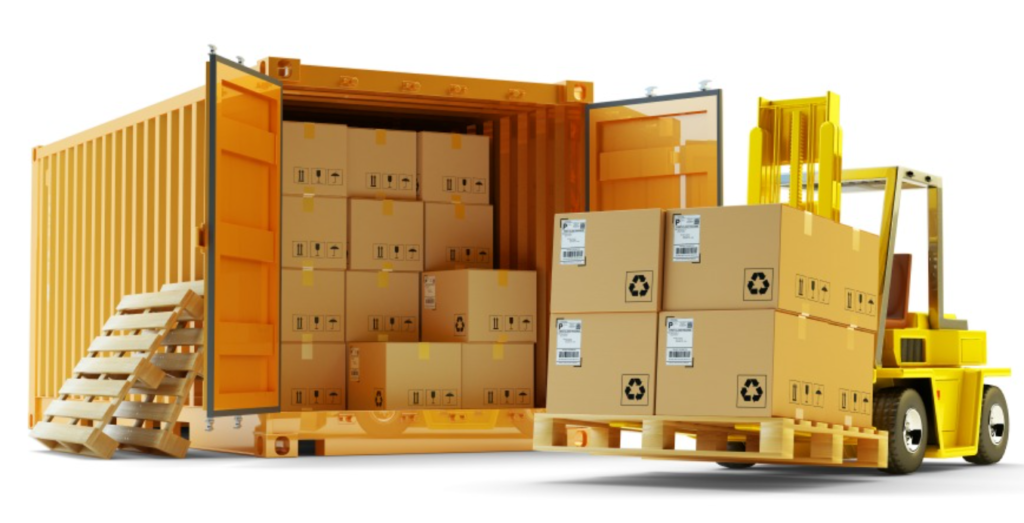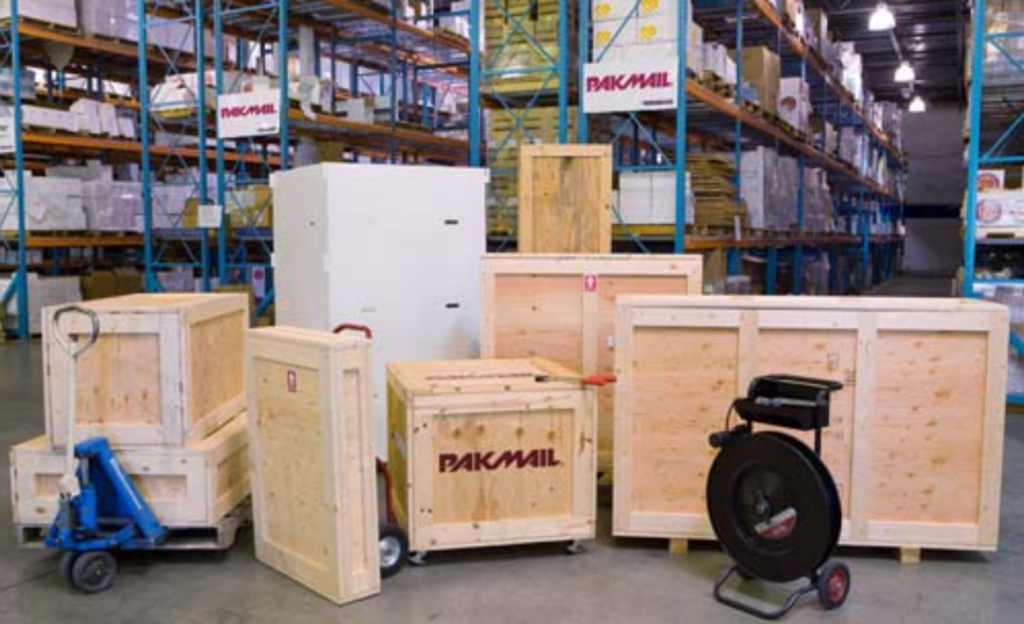Shipping a heavy package in the United States can be a daunting task due to the multitude of considerations involved. If you find yourself pondering over the cheapest way to ship a heavy package, then this article is for you. It’s crucial to identify affordable shipping options to ensure cost-effectiveness while still ensuring the safe and timely delivery of your package. This article aims to provide a comprehensive guide on how to ship heavy packages affordably, taking into account the numerous challenges and considerations that this process entails.

Assessing Your Shipping Needs:
Before delving into the different shipping methods, it’s important to assess your shipping needs. This starts by determining the weight and dimensions of the package. Shipping costs are typically calculated based on these two factors, making it essential to get accurate measurements. Any special handling requirements or restrictions should also be identified, as these could potentially incur additional fees. Furthermore, consider the desired timeline for your shipment. Faster shipping options tend to be more costly, so if time isn’t a pressing factor, cheaper alternatives might be available.
Researching Shipping Methods and Carriers:
Once you’ve assessed your needs, the next step in finding the cheapest way to ship a heavy package involves researching various shipping methods and carriers.
The United States Postal Service (USPS) offers several shipping options for heavy packages. Although USPS has weight and size restrictions, its services might be an economical choice for packages not exceeding these limits. Ensure to compare rates, delivery times, and available features to make an informed decision.
If your package exceeds USPS’s limits, package carriers like FedEx and UPS could be alternatives. They cater to a wider range of package weights and sizes. Similarly, check their rates, transit times, and additional features to find the best match for your needs.
For extremely heavy or bulky packages, freight shipping services might be the most appropriate choice. Numerous freight companies specialize in handling such packages. As with other options, you’ll want to compare their rates, transit times, and the potential need for additional services like liftgate delivery or inside delivery.
Packaging and Preparing the Heavy Package for Shipment:
The packaging process plays a crucial role in ensuring the safe delivery of your heavy package. Appropriate packaging materials are vital in protecting your package during transit. You might need to use sturdy, double-walled boxes, wooden crates, or even pallets depending on the weight and fragility of your item.
Packing the item securely within the packaging material is also necessary. It’s best to center the package and use sufficient cushioning to prevent shifting or damage during transit. Once packed, secure the package using high-quality packing tape or strapping.
Labeling and documenting the package accurately is another essential step. The package should be clearly labeled with sender and recipient details, along with any necessary handling instructions. It’s also necessary to prepare any required documentation such as shipping labels or insurance information.

Cost-Saving Strategies:
Finding the cheapest way to ship a heavy package also involves leveraging cost-saving strategies. Look out for shipping discounts, promotions, or loyalty programs offered by carriers. Also, consider reusing or repurposing packaging materials and optimizing package dimensions to avoid unnecessary costs.
Consolidating multiple heavy packages into a single shipment or using shared or consolidated shipping services could lead to significant savings. Moreover, negotiating better rates for larger or more frequent shipments can also help in reducing costs.
Charges: The cost of shipping a heavy package generally involves the base rate and possible additional charges. The base rate is primarily determined by the package’s weight and dimensions, as well as the distance between the sender and recipient.
Additional charges can occur due to several reasons. Special handling requirements, such as fragile or hazardous materials, may incur extra fees. Insurance can also add to the cost but is a worthwhile investment for valuable items. Similarly, expedited delivery options, weekend or holiday deliveries, and additional services like delivery confirmation or signature requirement can increase the total shipping cost.
Booking and Managing the Shipment:
Once you’ve identified the best shipping method and carrier, obtaining accurate shipping quotes is the next step. Request quotes from multiple carriers or platforms and provide precise package information for accurate pricing.
Choosing the right carrier requires consideration of several factors like pricing, reliability, customer reviews, and their track record with heavy packages. Understanding the terms and conditions of the shipping service is also crucial.
Once your shipment is on its way, make use of tracking tools to stay informed about its progress. Promptly contact the carrier for any inquiries or issues that arise during transit.
Delivery Time: Delivery timelines vary based on the shipping method and carrier chosen. Standard ground shipping within the U.S. usually takes between 2-8 business days, while expedited options can deliver within 1-3 business days or even overnight for urgent shipments.
Keep in mind that faster delivery times come at a higher cost. If you’re not pressed for time, choosing a slower shipping option could be the cheapest way to ship a heavy package. Also, be aware that some carriers do not operate on weekends or holidays, which could affect your delivery timeline.
Dealing with Returns and Lost Packages:
Familiarize yourself with the return policies of the carrier and keep necessary documentation and receipts. In case of lost or damaged packages, promptly contact the carrier and follow their claims process for resolution.
Other Important Factors: Consider other factors that could influence your shipping process. For instance, pick-up and drop-off options can affect convenience and cost. Some carriers offer door-to-door service, while others may require you to drop off or pick up your package from a designated location.
Packaging materials also contribute to your overall shipping cost. While reusing boxes and packing materials can save money, ensure they are in good condition and suitable for your package’s weight and size. Incorrect or inadequate packaging can result in damage to your package or additional handling fees.
Tracking your shipment provides peace of mind and allows you to update the recipient on the delivery status. Most carriers provide tracking services, but it’s worth confirming this, especially for valuable or time-sensitive shipments.
Conclusion:
In summary, finding the cheapest way to ship a heavy package involves a thorough understanding of your shipping needs, comprehensive research of shipping methods and carriers, meticulous packaging and preparation of the package, leveraging cost-saving strategies, effective management of the shipment, and dealing with potential issues. By applying these strategies and tips, you’ll be well-equipped to ship your heavy packages affordably, both domestically and across states.